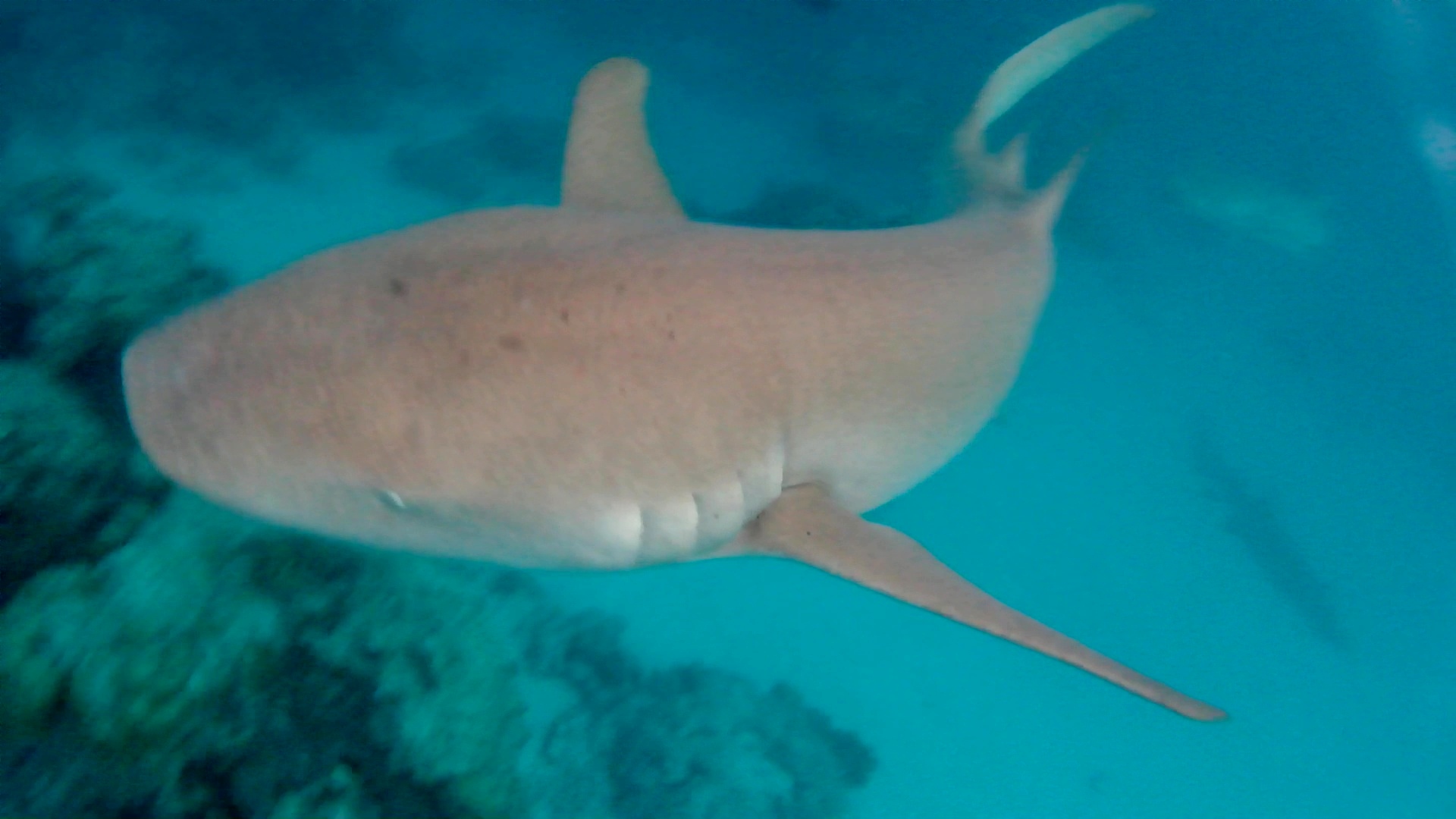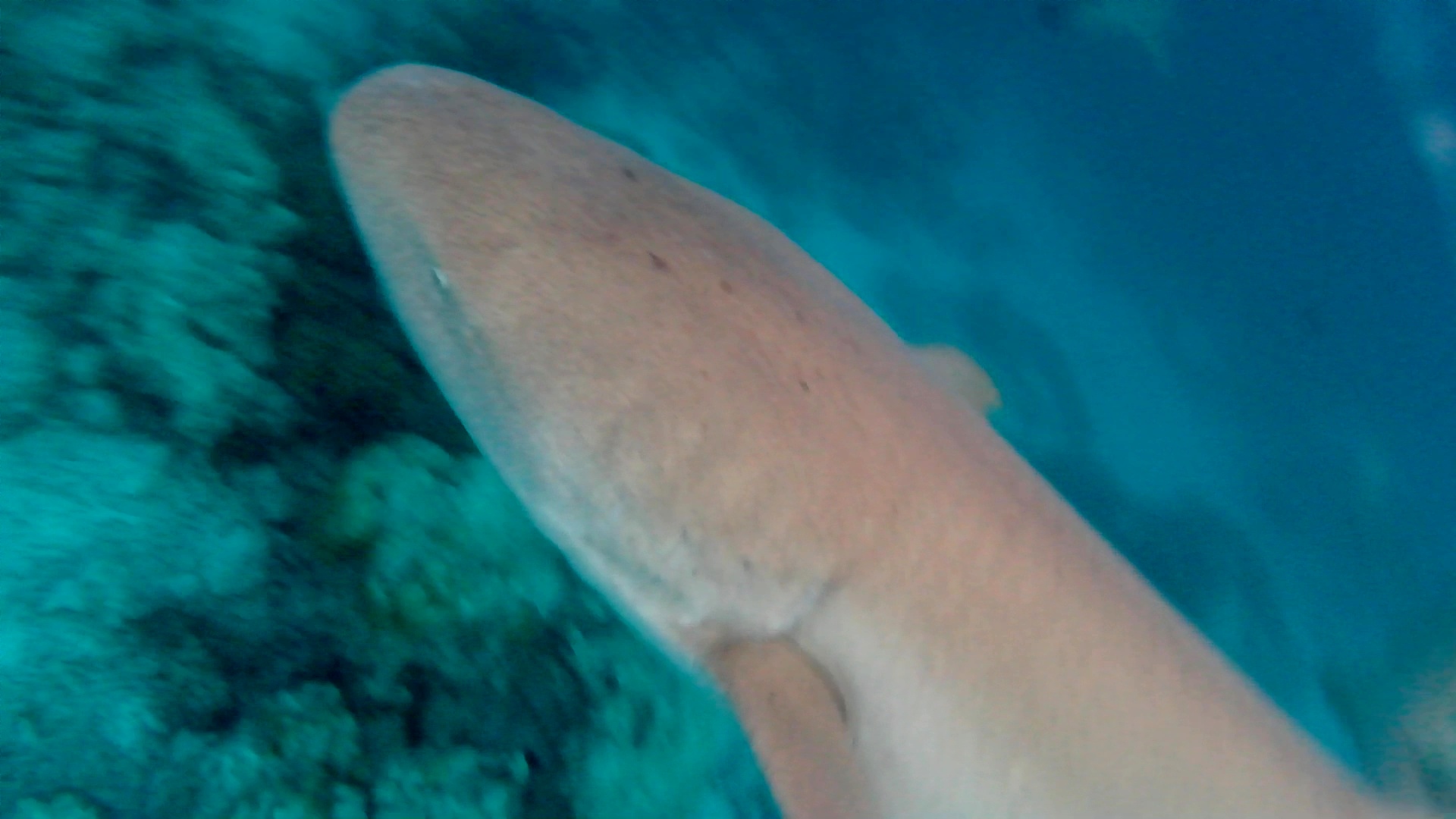Squalo Nutrice - Ginglymostoma cirratum
Nurse Shark (Ginglymostoma cirratum (Bonnaterre, 1788)) is part of the family of Sharks, and is the only member of its kind (Ginglymostoma). It can reach 4.3 meters in length. Shark Nutrice Ginglymostoma cirratum condritti intotheblue.it Squalo Nutrice Ginglymostoma cirratum condritti intotheblue.it

Description and life
The feeding shark has a very hard skin and a pair of barbels under the mouth, which allow it to find the invertebrates it feeds on. The small mouth and the wide pharynx are a powerful means of backwash that allows this shark to feed while swimming at high speeds. He spends his days resting on the seabed, in caves or crevasses, where he can be seen in groups of individuals who sometimes lie in piles, one on top of the other. Squalo Nutrice Ginglymostoma cirratum condritti intotheblue.it

Distribution and habitat
The feeding shark is used to live in the seabed near the coast, in tropical and subtropical waters. It is often 1 meter deep, but can reach up to 12 meters below sea level. Its common habitats are reefs, canals between mangrove islands and sandy bottoms. It is located in the Western Atlantic from Rhode Island down to the southern tip of Brazil; in the Eastern Atlantic from Cameroon to Gabon (but with the possibility of deeper excursions to the north or south); in the Eastern Pacific from the south of Baja California to Peru; around the Caribbean islands and Australia, along the Great Barrier Reef.

Behavior and diet
Ginglymostoma cirratum are nocturnal animals, and spend much of the day in large inactive groups (up to 40 individuals). They remain hidden under submerged protrusions or in fissures in the reef; the Ginglymostoma cirratum seems to prefer specific places to rest and returns there every day after night hunting. During the night the sharks are often solitary; they spend most of their time hunting on the sea floor. They mainly feed on crustaceans, molluscs, tunicates, fish, bivalve organisms and other invertebrates such as octopuses, crabs, lobsters, shrimps, sea urchins, sea snails.
https://it.wikipedia.org/wiki/Ginglymostoma_cirratum
https://www.intotheblue.it/2018/09/12/lo-squalo-nutrice/
https://www.intotheblue.it/2018/09/02/ballando-tra-gli-squali/
